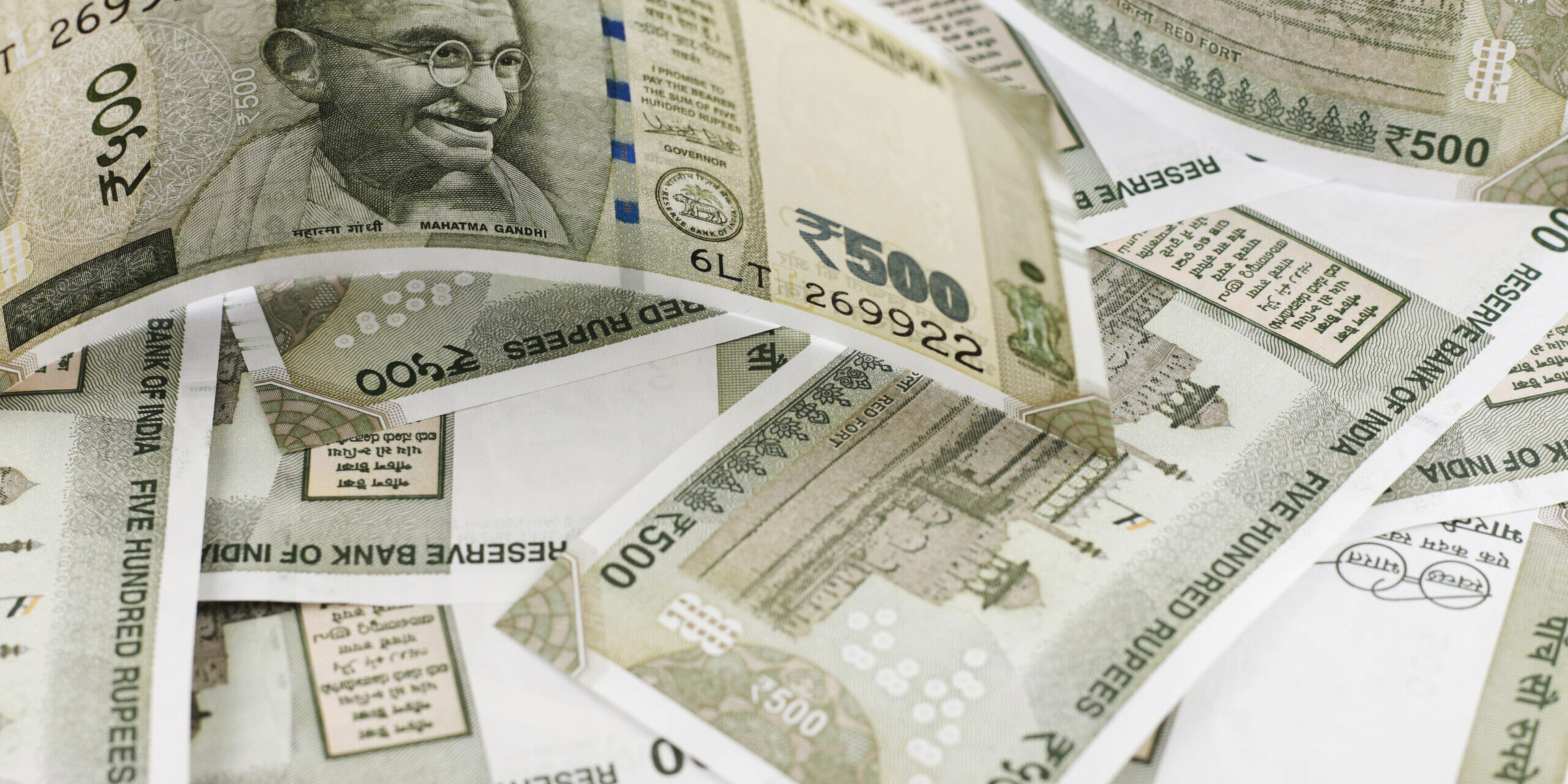The RBI’s bulletin showed a decline in its short dollar position to $73 billion, with outstanding positions of up to three months falling to \$15 billion, experts noted.
The Indian Rupee opened stronger on Thursday, gaining ground against the US Dollar due to a decline in global dollar strength and easing geopolitical tensions in West Asia. According to Bloomberg data, the Rupee opened at 85.92, up 17 paise from its previous close of 86.09.
Dollar Weakness Supports Rupee
The US Dollar index, which tracks the currency’s performance against a basket of six major currencies, fell 0.33% to 97.35. This decline came after President Donald Trump indicated he may announce an early appointment for the next Federal Reserve Chairman. A weaker dollar typically benefits emerging market currencies, including the Indian Rupee.
Rupee Outlook and Market Range
Despite being one of Asia’s weaker performers this month with a 0.38% depreciation, analysts expect a firm session for the Rupee today.
West Asia Conflict Eases, Oil Prices Steady
Global sentiment improved after President Trump declared the conflict between Israel and Iran to be over, although he warned that further escalations could not be ruled out. He also announced an upcoming diplomatic meeting with Iran next week. This development has helped calm oil markets.
As of 9:05 AM IST:
-
Brent crude rose 0.30% to $67.88 per barrel
-
WTI crude was up 0.40% at $65.18 per barrel
Stabilizing oil prices are generally positive for the Indian economy, which relies heavily on energy imports.
RBI’s Dollar Position Eases
According to the Reserve Bank of India’s bulletin, the central bank has reduced its short dollar position to $73 billion, with outstanding positions maturing within three months dropping to $15 billion. This signals lower pressure on the Rupee from foreign exchange reserves.
With the global dollar weakening, oil prices steadying, and geopolitical concerns cooling, the Indian Rupee is positioned for some relief. Investors and traders are closely watching upcoming developments in US monetary policy and West Asian diplomacy for further cues.










